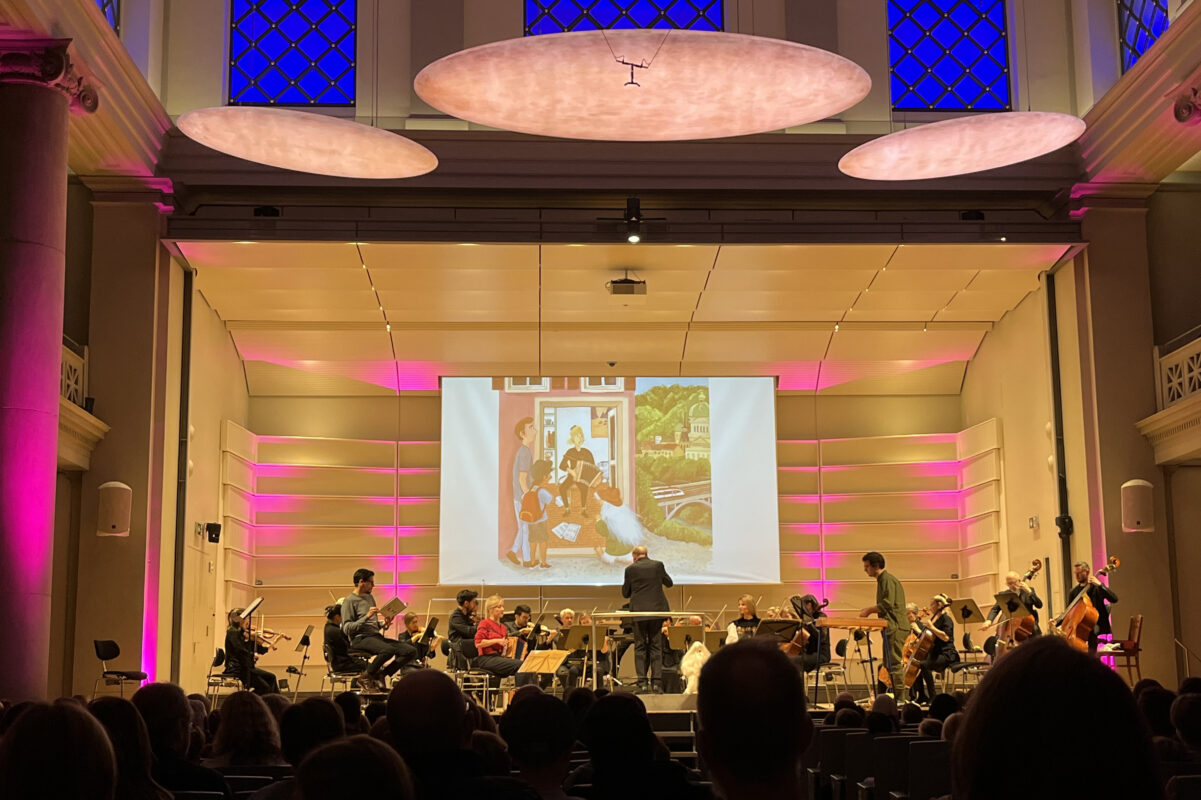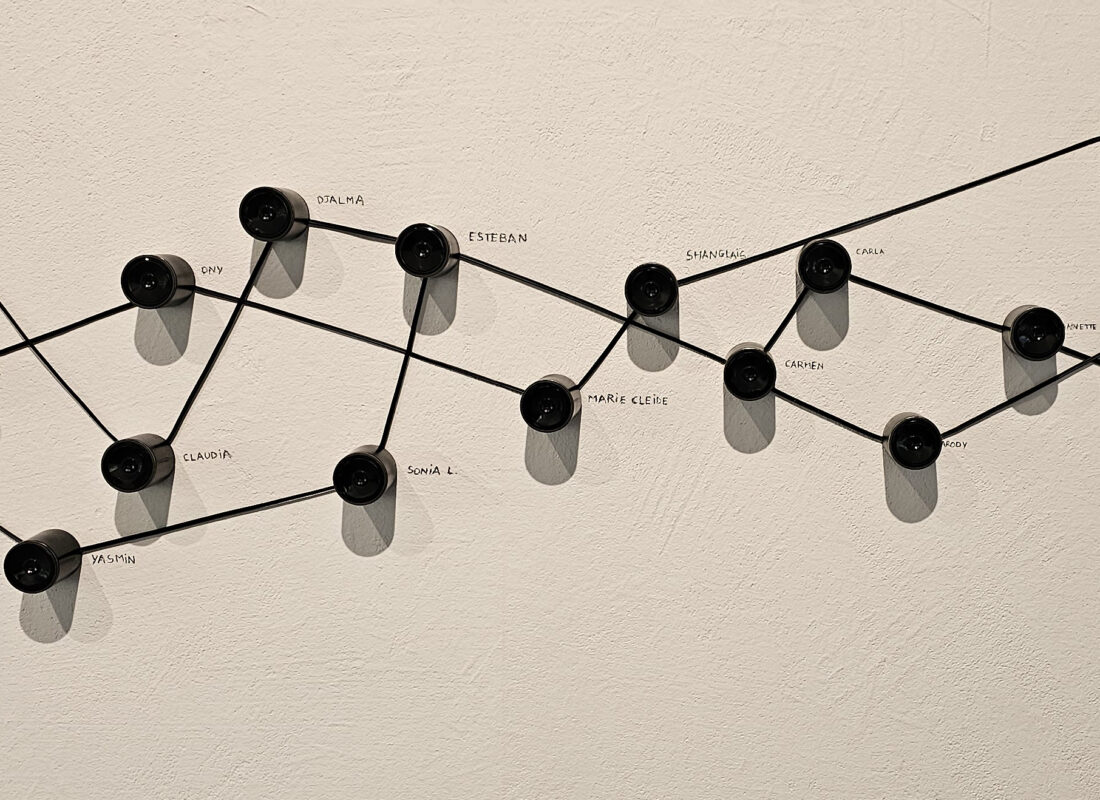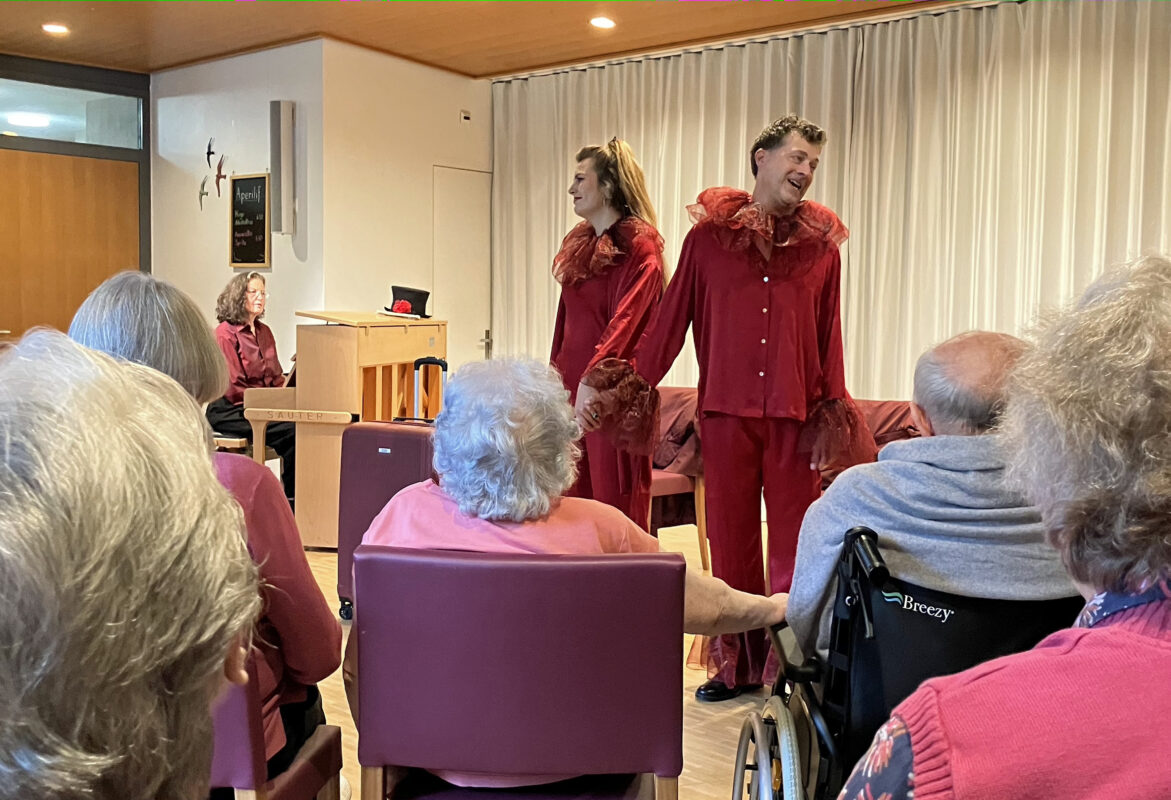Wild and orderly learning
The 2nd Symposium for Pop-Rock-Jazz Pedagogy (PRJ) dealt with different forms of learning and debunked common prejudices.
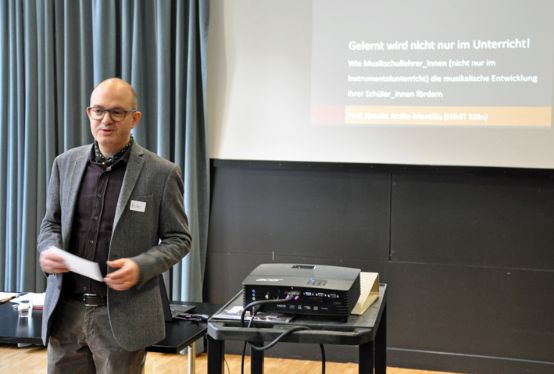
The PRJ Symposium on January 19, 2019 was small but nice, without a lot of fuss, but with substance. It was once again organized by the Bern Conservatory Music School in cooperation with the Association of Bernese Music Schools (VBMS) organized. The further education event for the pop, rock and jazz sector was opened up a little in the direction of general pedagogy compared to the first edition. Organizer Victor Wanderley emphasized that his symposium was not only aimed at PRJ teachers, but at representatives of all music genres. This opening up was very well received by the event, but one had the impression that the representatives of classical music did not (yet) feel addressed.
The event took place in a "come-together format", meaning that the participants were given plenty of space to exchange ideas and share their results and experiences in the plenary session. Three invited experts provided important input, led workshops and stimulated discussions.
It's all in the mix
Natalia Ardila-Mantilla, Head of Instrumental and Vocal Pedagogy at the Institute for Music Education Research at the Cologne University of Music and Performing Arts, conducts research on music education in formal and informal learning contexts and on the development of concepts for learning to make music in heterogeneous groups. She provided an exciting introduction with six questions about their personal educational history and what they believe they have learned in the various learning contexts. Everyone had to give their own answers in the plenary session. It was amazing to see the illuminating insights that emerged. Anyone who thought they could deduce the advantages of one form of learning or another was just as wrong as those who thought that informal learning was more suited to the PRJ sector and formal learning to the classics. The speaker used teaching profiles that she had created in her research work to prove that the two forms of learning occur more or less equally on both sides. She assumed four learning worlds: Classroom, ensembles, performance and private, all of which can be more or less formal or informal. It is crucial that there is a fruitful mix and that the teacher tries to influence the informal learning worlds of their students.
-

Natalia Ardila-Mantilla
Freestyle pedagogy
Nik Bärtsch, internationally successful jazz pianist from Zurich with a classical music degree, described his career as a music student in the 1970s and 1980s and spoke about the formation and maintenance of creative communities, his Club Exil, the Monday series with his "Ritual Groove Music" with workshops and concerts. "Creativity needs structures," Bärtsch is convinced. Local roots, a base camp, are important for him to be able to work internationally. That is why he goes into his "exile" every day, thereby defining home and exile as congruent. Bärtsch is an advocate of "freestyle pedagogy", which relies on personal initiative, on "doing, risking, learning". He had already acquired this "wild way of learning" during his challenging career as a music student. The Zurich music school initially had a hard time with his interests: he wanted to play drums and boogie-woogie and detested sheet music. These things were not part of the teaching culture at the time. So he had no choice but to learn self-taught and in bands. Eventually, the talented boy did meet understanding music teachers who "somehow followed him" and helped him to find his way.
-
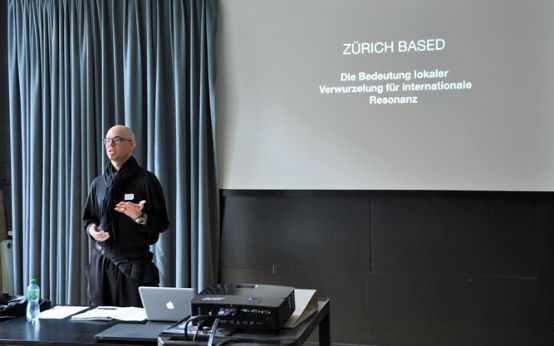
Nik Bärtsch
"Rhythm is it"
The pianist, drummer, mathematician and lecturer at the Jazzcampus Basel, Malcolm Braff, surprised us with a scientific approach to a phenomenon that is not considered academic: the groove. He takes the opposite approach, so to speak, and attempts to explain and formalize freestyle. Braff distinguishes between theoretical and musical-practical rhythm: "In folk music rhythm is never equal," he emphasized, adding, "in classical music it isn't either." The groove in swing is created by a slight shift and variation in note lengths. With a group of a quarter and two eighths, for example, this can mean an approximation of a triplet. This rule can also be used to make some classical pieces swing. A popular example is Bach. Even the Viennese waltz would not be a waltz if all three notes were played exactly the same length. Braff illustrated these rhythmic shifts graphically, starting from an even triplet as an isosceles triangle, and divided the rhythmic effects into "negative groove balance" (or "laidback"), "positive groove balance" (driving forward) and "taking off the ground/taking down to the ground" (phrasing through changing accents). The practical demonstrations drumming and at the piano with simultaneously played alternating rhythms on the left and right were impressive.
-
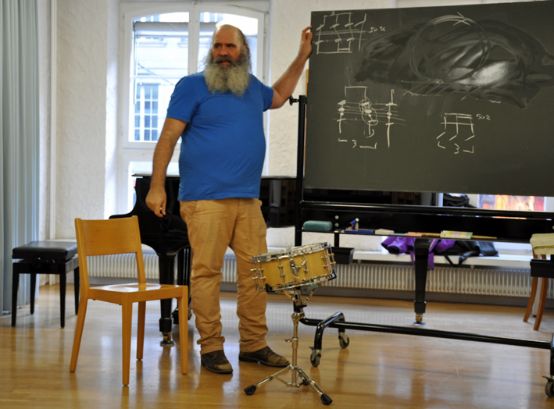
Malcolm Braff
The next PRJ Symposium will take place on January 11, 2020.






